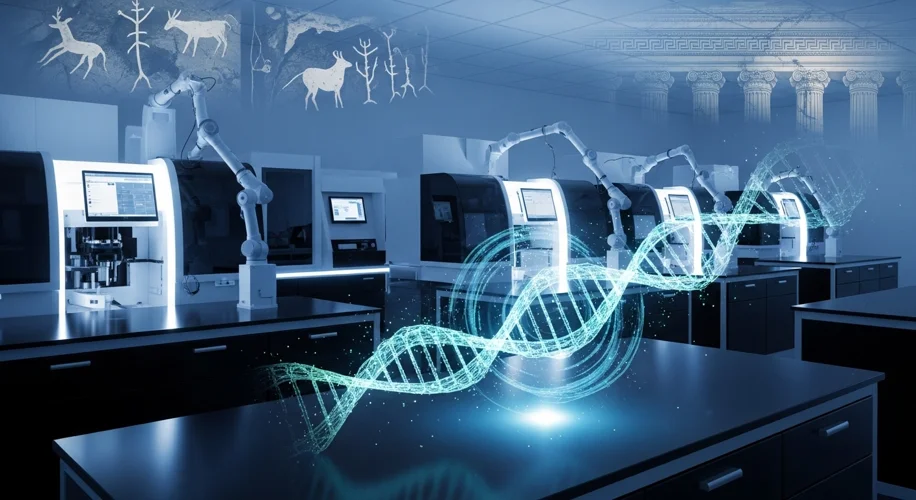As a financial analyst, I deal with data constantly. Every day, new market data comes in, challenging old assumptions and forcing us to re-evaluate strategies. What looked like a sure bet yesterday might be a losing play today, purely based on new information.
It turns out, history works much the same way. For centuries, our understanding of the past relied on archaeology, linguistics, and fragmented written records. These were good sources, but limited. We built models, made assumptions, and crafted narratives.
Now, a powerful new data stream is here: ancient DNA. It’s like getting real-time financial statements after years of guessing a company’s performance from old news reports. Scientists are extracting genetic material from ancient bones, teeth, and even soil. This biological data is direct. It tells us about ancestry, migrations, and relationships with an accuracy never before possible.
For example, our understanding of how populations moved across continents or how languages spread is undergoing a major revision. We thought certain groups originated in one place, or migrated in a particular way. The DNA data often shows a different picture – more complex movements, unexpected mixing, or different origins entirely. It’s not just theory anymore; it’s empirically proven genetic links.
This isn’t about tearing down old history for the sake of it. It’s about building a more accurate, data-driven understanding. Just as in finance, where acting on outdated information leads to losses, clinging to old historical narratives when new, better data exists means missing the real story.
This technology, involving advanced sequencing and bioinformatics, is fundamentally changing how we view human development. The impact is clear: our human story is being rewritten, not by speculation, but by the very code that defines life. This is what happens when you get better data. You get better insights.

